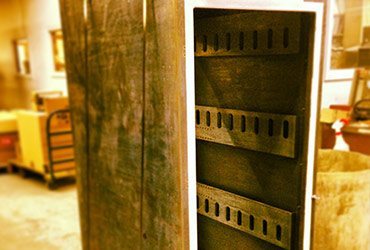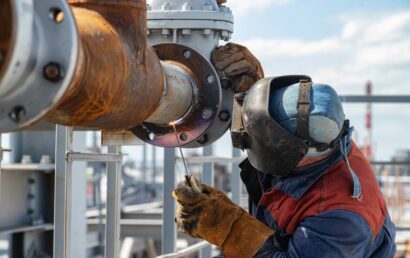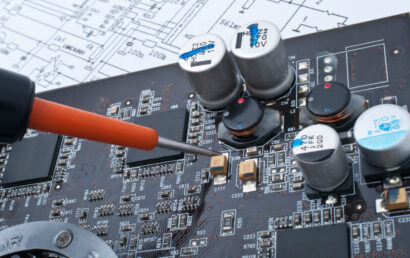Extreme Gas and Oil Environments Require Extended Component Life
Thanks to declining reserves and fewer hydrocarbon discoveries, the last decade has forced the gas and oil industry to come up with fresh ways in which to increase extraction from geographies and genealogies that present more and more challenges. Premature part failure can result from accelerated corrosion, erosion, and abrasion. Particularly in hostile environments, components can chip, fracture, and deform, leading to malfunctions and catastrophic equipment failure.
Physical vapor deposition, HCP (hard chrome plating), and HVOF (high-velocity oxy-fuel) are existing alternatives for protective coatings. New processes using explosive bonding and electroless nickel composite plating are emerging as well. As with most things, however, each of these has its limitations.
This is where CDV coating (chemical vapor deposition) comes in. In critical areas, it outperforms the above-stated treatments, particularly in the gas and oil industry. This coating is applicable to any number of complex shapes including subsea pumps, control valves, actuators, retrievable packers, fracturing tools, and downhole tools. It is used when smooth internal and external surfaces are called for.
Potential for Growth in the Real World
Last year, for the first time, collaboration occurred which introduced the use of CDV coatings on subsea choke valves. Standard coatings could not be used because of a number of very specific requirements. The coating rating needed to be extreme – 400°F or 204°C. Additionally, 20,000 psi had to be withstood. An extremely smooth finish is required in this instance, but the coating needs to be durable and resist erosion, corrosion, and wear. The success of CDV coatings assures the potential for unimaginable growth.
Resistance to Wear, Impact, and Deformations
During nanoscale and micro-testing, CDV coating excelled. It resisted cracking, even under extreme conditions. Additionally, it never exhibited brittle behavior. So tough are these coatings, common methods ordinarily used to measure fracture toughness couldn’t even offer the level of testing needed to make them fail.
Stress Cracking
A 30-day sulfide stress cracking test was also performed using specific acids, sodium chloride, and more. While cracking, pitting, and extensive micro-cracking occurred in samples that were uncoated, no degradation, macro or micro-cracking occurred in substrates coated with CVD coating.
Prevent Galling
High-frequency reciprocating tests were done to check for galling resistance. During this test, loads increase gradually from 10 N all the way up to 810.2 mega Pascal contact pressure, or 80 N. Even under the test rig’s maximum load, no galling was observed.
Tests and More Tests
What does all of this testing equate to? CDV coatings display toughness and improved fatigue life. They provide extreme protection against chemically aggressive media such as acids, erosion, wear, and corrosion. Coatings used in the past through electroplating and thermal spray have allowed microcracks and micropores. Under loads, these can widen which allows media to affect the substrate.
Corrosion resistance is improved by a sealing process using CVD coatings. When CVD coatings were tested against HVOF and HCP on mild steel plates, while CVD samples showed staining that was very light indeed, the steel plates coated with HVOF and HCP rusted and corroded heavily.
There can be little doubt as to the benefit of CVD coatings.
If you are in an industry that involves extreme gas and oil environments, contact us at A and A Coatings. One of our representatives will be happy to explain all the benefits of thermal coatings with which to protect your components and extend their usefulness.



